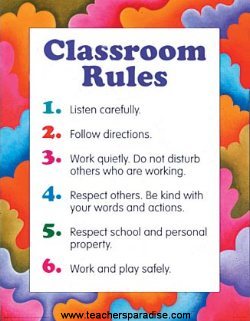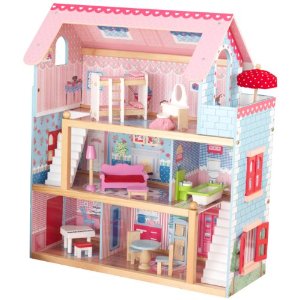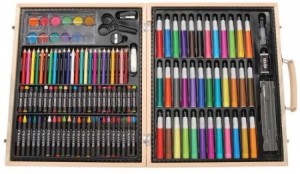Guide: Teacher’s Guide to Effectively Administer Homeschooling
Homeschooling is a rapidly spreading alternative form of education. It practically requires nothing too stringent that even parents without a high school diploma can handle it. However, there is still the need to optimize the quality of learning. Given below are some guidelines which parents must consider before administering homeschooling.
Planning for Homeschool
Planning is essential for homeschooling to make the flow of things smoother. Plan first the location. An extra room around the house can be perfect; however, if none is available, the dining room or the living room will do fine. Just try to be sensitive to the things which can act as a distraction to the children.
Having troubles where to put all your instructional materials? Try using durable plastic bins as storage for the books, supplies, equipment and other stuff as well.
The beginning of the school year in homeschool may be quite rough in terms of the schedule. Observe which time of the day do both the pupils and the teacher work most productively, then try to create a schedule which can optimize the energy of the teacher and the attention and eagerness of the children. Also include in the schedule the amount of time allotted for each subject.
Looking Up Resources and Instructional Materials
One does not need to put too much strain on the family budget just to afford materials for homeschool instruction. There are websites which one can check out or nearby curriculum fairs which sell used books that can be used for instruction.
For science subjects which require hands-on laboratory experiments, choose only those which are deemed very necessary. One can find on the net a wealth of experiments which can be done at home using only household finds or cheap and easily available stuff.
If no curriculum is being followed, try to schedule enough topics and projects to last the whole school year. It is also important to strategically plan the sequence of the lessons. One can get tips online on which lessons to include plus the scope and the proper sequencing of lessons.
Finding the Right Curriculum
There is a wide roster of curriculum which can adapt to the needs and capabilities of the kids and the specifications of the parents. If the parents are trying to adapt one for their child, it is important to determine by which means the child learns best, by first-hand experience, listening, reading or the like.
Homeschooling is supposed to be a great educational experience for both parents and children. They should not be burdened much by the costs demanded by the program. It is for the parents to be resourceful and creative to maximize the resources and the learning of their children.







